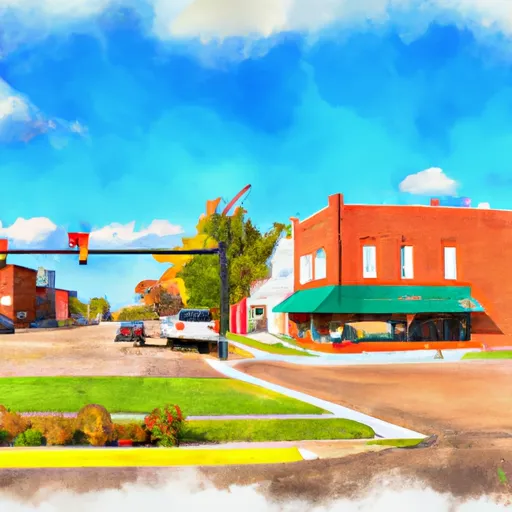°F
°F
mph
Windspeed
%
Humidity











Churubusco, Indiana is a small town located in the northeastern part of the state. The climate in Churubusco is considered warm and temperate, with cold winters and warm summers. The town is located near several small lakes and creeks, including Bear Creek and Blue Lake. The primary hydrology constituents in these bodies of water include nutrients, sediment, and organic matter. Outdoor recreation opportunities in Churubusco include fishing, boating, and hiking. The town is home to the Blue Lake Fine Arts Camp, which offers music, dance, and theater programs during the summer months. Additionally, the nearby Chain O'Lakes State Park provides opportunities for camping, hiking, and swimming.
Weather Forecast
Churubusco receives approximately 972mm of rain per year, with humidity levels near 82% and air temperatures averaging around 10°C. Churubusco has a plant hardyness factor of 5, meaning plants and agriculture in this region thrive during a short period during spring and early summer. Most plants will die off during the colder winter months.
Nearby Snowpack Depths
7
Inches
Regional Streamflow Levels
2
Cubic Feet Per Second
27
Cubic Feet Per Second
503
Cubic Feet Per Second
38
Cubic Feet Per Second
Nearby Camping
| Camping Area | Reservations | Toilets | Showers |
|---|---|---|---|
| Versailles State Park | |||
| Chain OLakes State Park | |||
| Madison City Park | |||
| Kil-So-Quah - J. Edward Roush Lake | |||
| General Butler State Park | |||
| Hidden Diamonds City Park |



